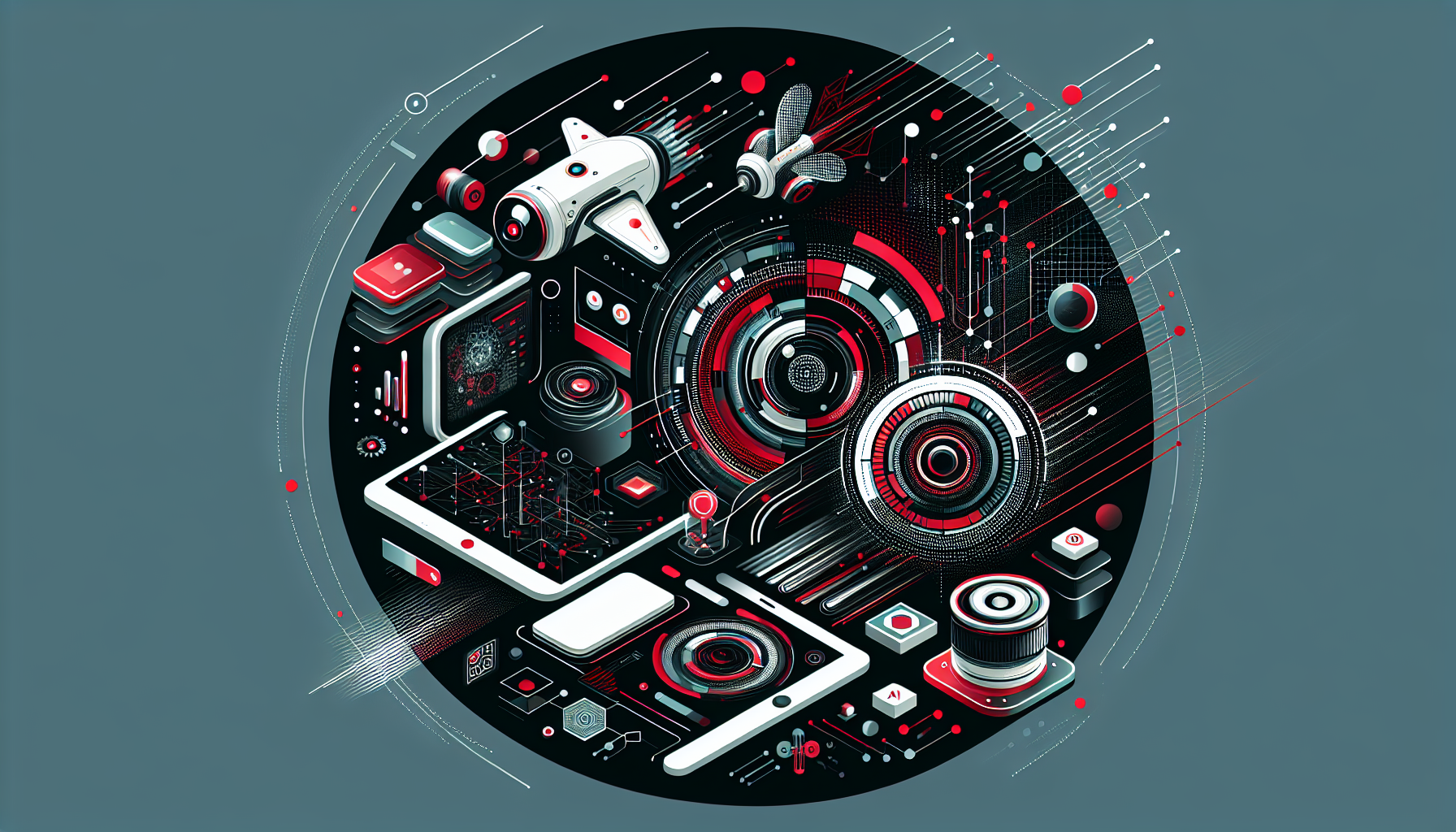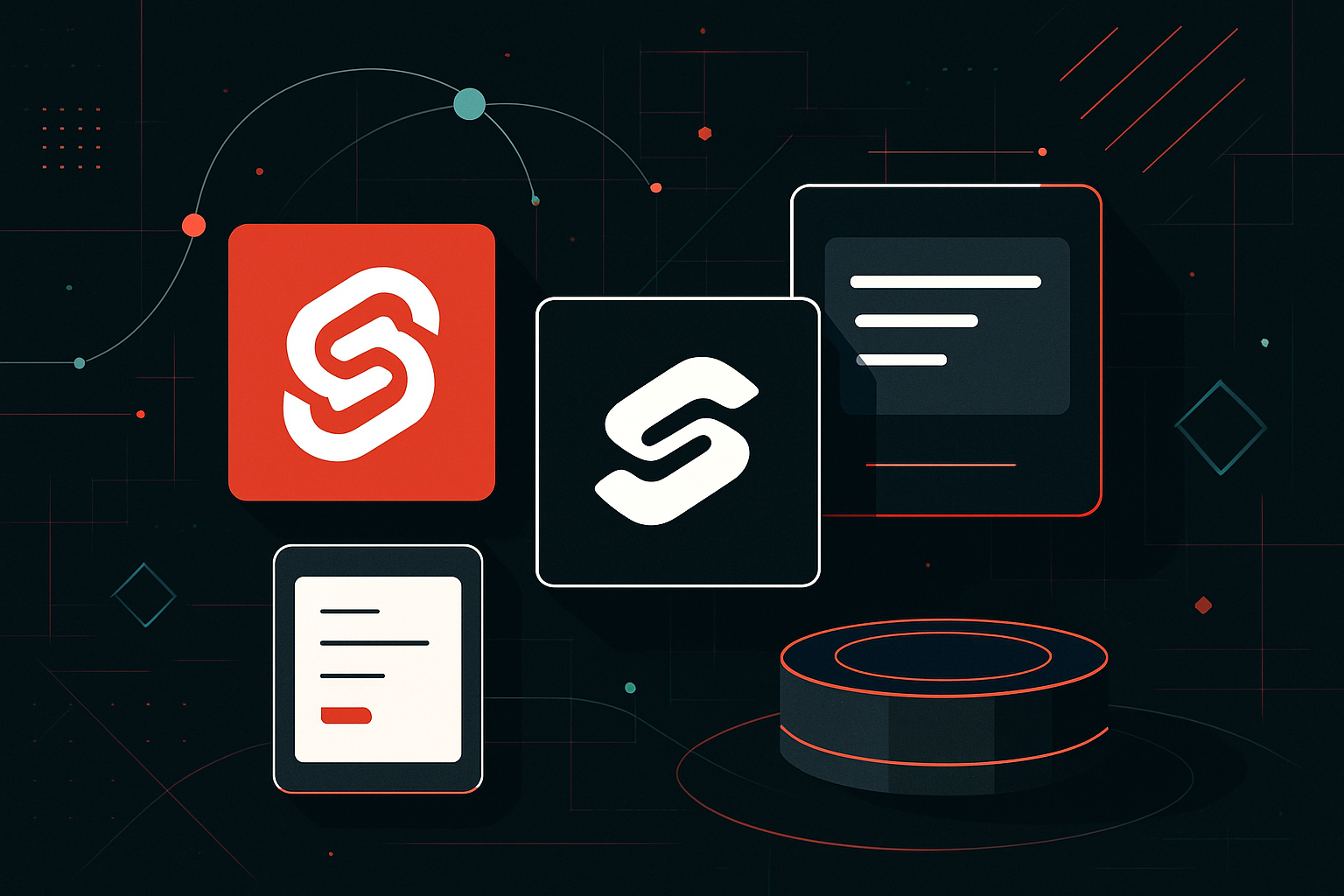The Future of Autonomous Systems with AI

The Future of Autonomous Systems with AI
Overview of Autonomous Systems
Autonomous systems are self-governing systems that can perform tasks and make decisions without human intervention. These systems leverage a combination of sensors, actuators, and algorithms to perceive their environment, process data, and execute actions. With advancements in artificial intelligence (AI), these systems are becoming increasingly sophisticated, capable of handling complex tasks in dynamic environments.
Key Technologies in Autonomous Systems
- Machine Learning and AI Algorithms
- Supervised, unsupervised, and reinforcement learning are crucial for training autonomous systems to recognize patterns and make predictions.
-
Deep learning models, such as Convolutional Neural Networks (CNNs) and Recurrent Neural Networks (RNNs), are often employed for tasks like image and speech recognition.
-
Sensor Technologies
- LIDAR, radar, and cameras provide essential data for environmental perception.
-
Sensor fusion integrates data from multiple sources to enhance accuracy and reliability.
-
Robotics and Actuators
- Robotics frameworks like ROS (Robot Operating System) provide tools and libraries for building and controlling robotic systems.
-
Actuators convert electrical signals into physical motion, enabling interaction with the environment.
-
Edge Computing
- Real-time processing is critical for autonomous systems, and edge computing reduces latency by processing data near the source.
- Techniques such as federated learning allow for decentralized data processing while maintaining privacy.
Applications of Autonomous Systems
- Autonomous Vehicles
- Self-driving cars use AI to navigate and make real-time decisions in traffic.
-
Examples include Tesla’s Autopilot and Waymo’s driverless taxis.
-
Drones and UAVs (Unmanned Aerial Vehicles)
- Used for surveillance, delivery, and agricultural monitoring.
-
AI algorithms optimize flight paths and obstacle avoidance.
-
Industrial Automation
- Autonomous robots in manufacturing streamline production and enhance safety.
-
AI-driven predictive maintenance reduces downtime by anticipating equipment failures.
-
Healthcare Robotics
- Surgical robots assist with precision operations.
- AI-enabled diagnostic tools provide real-time analysis and decision support.
Technical Challenges and Solutions
- Data Privacy and Security
- Encryption and secure communication protocols protect sensitive data.
-
Implementing AI models that respect user privacy, such as differential privacy techniques.
-
Real-time Decision Making
- Efficient algorithms and optimized hardware accelerators, such as GPUs and TPUs, enhance processing speeds.
-
Heuristic methods and approximate algorithms balance speed and accuracy.
-
Scalability and Interoperability
- Modular architectures and standardized communication protocols facilitate integration and expansion.
-
Open-source platforms like ROS promote interoperability across different systems.
-
Reliability and Robustness
- Redundancy in sensors and systems ensures continued operation in case of failure.
- Robust machine learning models that can handle noisy, incomplete, or adversarial data.
Implementation Steps
- System Design and Prototyping
- Define system requirements and constraints.
-
Use simulation tools, such as Gazebo or Webots, to model and test system behavior.
-
Algorithm Development
- Develop and train AI models using frameworks like TensorFlow or PyTorch.
-
Validate models with cross-validation and real-world testing.
-
Integration and Testing
- Integrate sensors, actuators, and AI models into a cohesive system.
-
Conduct rigorous testing in controlled environments before real-world deployment.
-
Deployment and Monitoring
- Deploy systems with cloud-based monitoring for performance tracking.
- Implement feedback loops for continuous learning and improvement.
Comparative Analysis
| Feature | Autonomous Vehicles | Drones & UAVs | Industrial Automation | Healthcare Robotics |
|---|---|---|---|---|
| Environmental Perception | LIDAR, cameras, GPS | Cameras, GPS, IMU | Cameras, LIDAR | Cameras, force sensors |
| AI Techniques | Deep learning, reinforcement | Path planning, SLAM | Machine vision, ML | Image processing, ML |
| Primary Challenges | Safety, regulation | Battery life, autonomy | Flexibility, precision | Human-robot interaction |
| Real-world Examples | Tesla, Waymo | DJI, Amazon Prime Air | FANUC, ABB | Da Vinci Surgical System |
Sample Code Snippet: Sensor Fusion in ROS
import rospy
from sensor_msgs.msg import Imu, LaserScan
from std_msgs.msg import Float32
def sensor_callback(imu_data, laser_data):
# Process IMU and Laser data
fused_data = process_data(imu_data, laser_data)
rospy.loginfo(f"Fused Data: {fused_data}")
pub.publish(fused_data)
def process_data(imu_data, laser_data):
# Implement sensor fusion logic
# Example: Combining orientation from IMU with distance from LIDAR
orientation = imu_data.orientation
distance = min(laser_data.ranges)
return orientation.roll, orientation.pitch, distance
if __name__ == '__main__':
rospy.init_node('sensor_fusion_node')
pub = rospy.Publisher('fused_data', Float32, queue_size=10)
rospy.Subscriber('imu', Imu, sensor_callback)
rospy.Subscriber('laser', LaserScan, sensor_callback)
rospy.spin()
This code snippet demonstrates how to fuse data from an IMU and a LIDAR sensor in a ROS-based autonomous system to improve environmental understanding.





0 thoughts on “The Future of Autonomous Systems with AI”